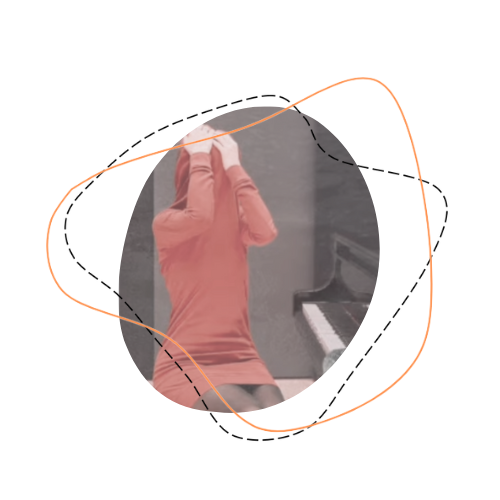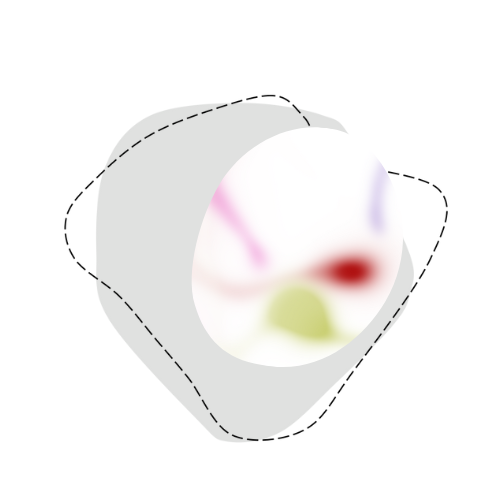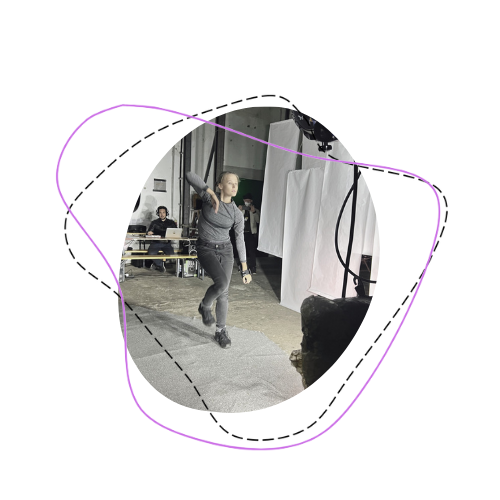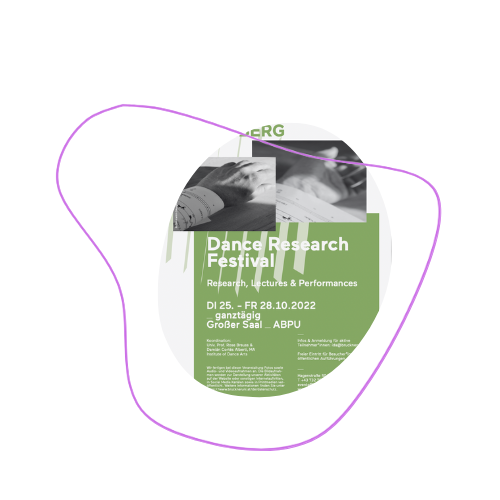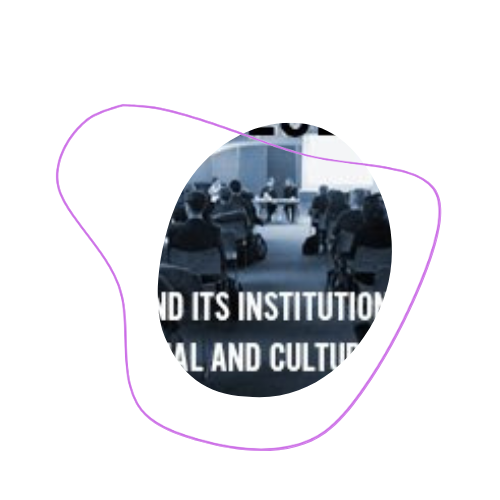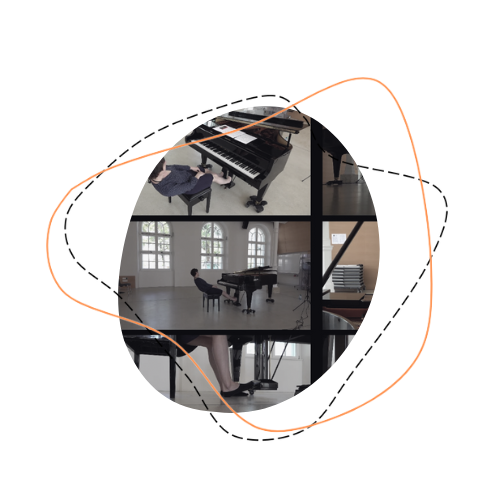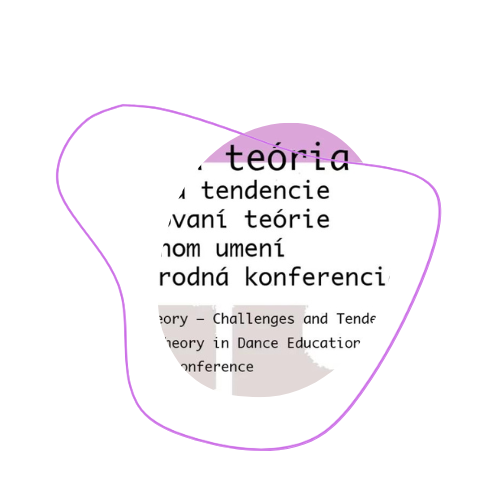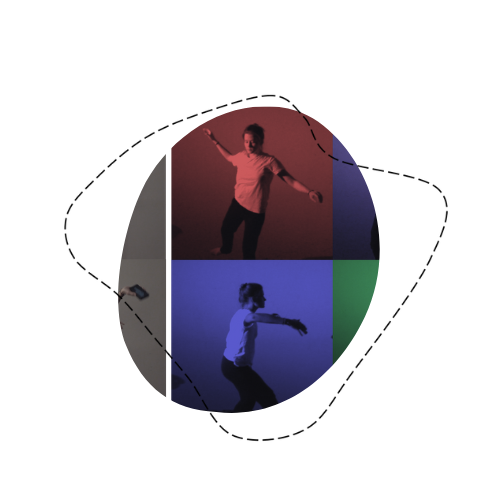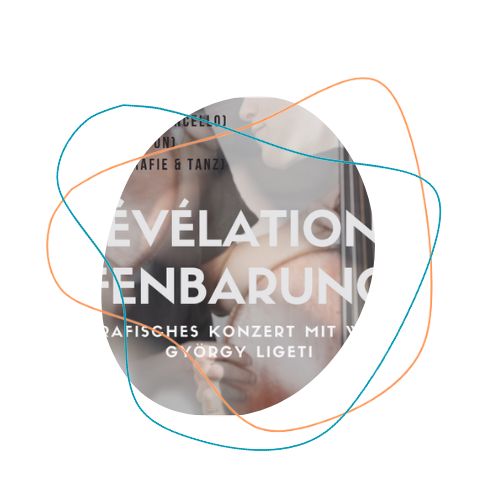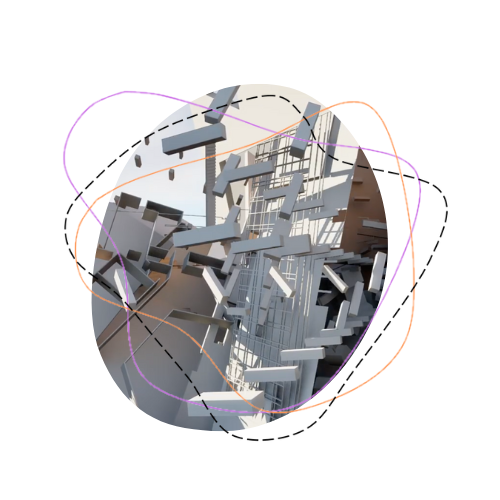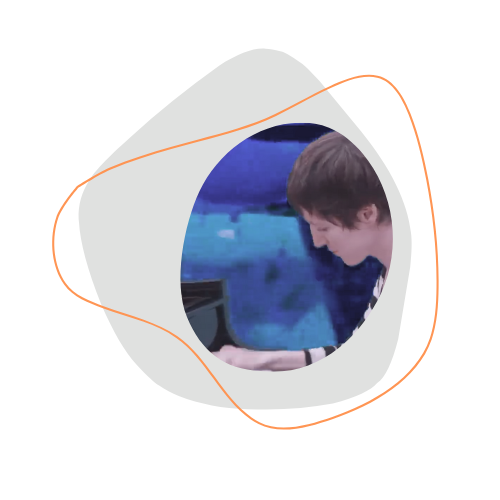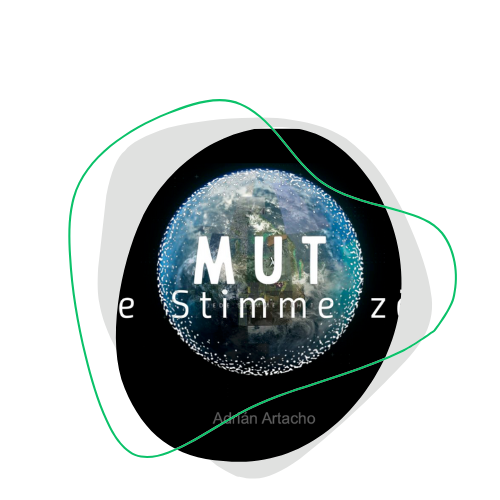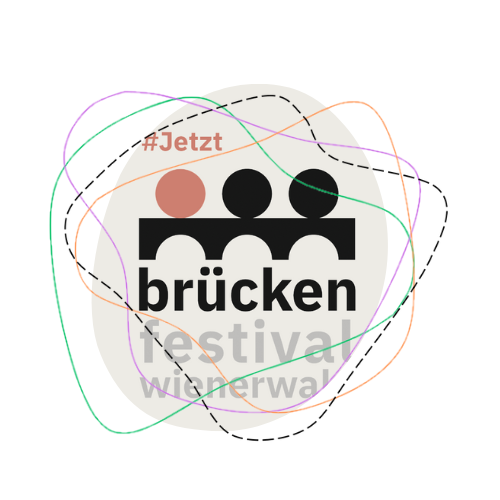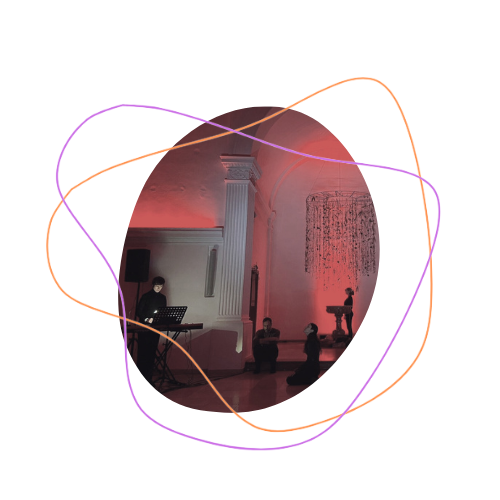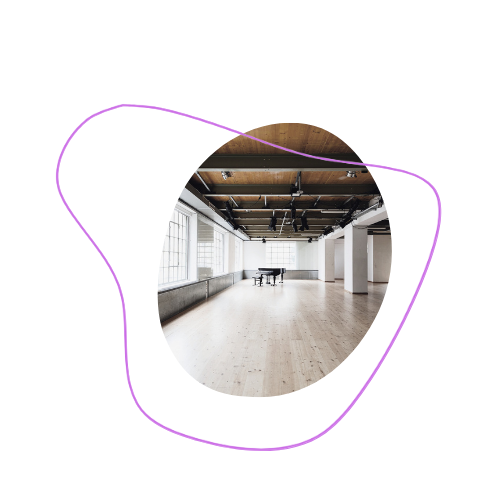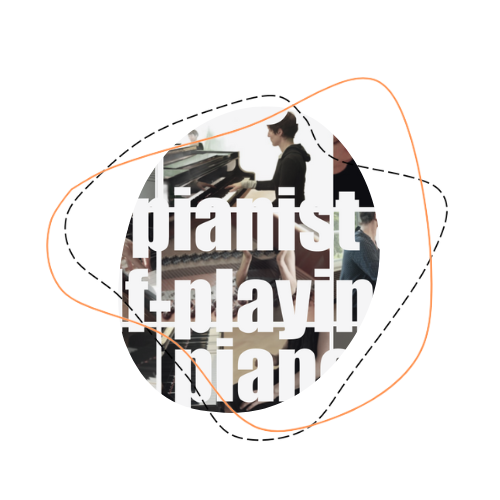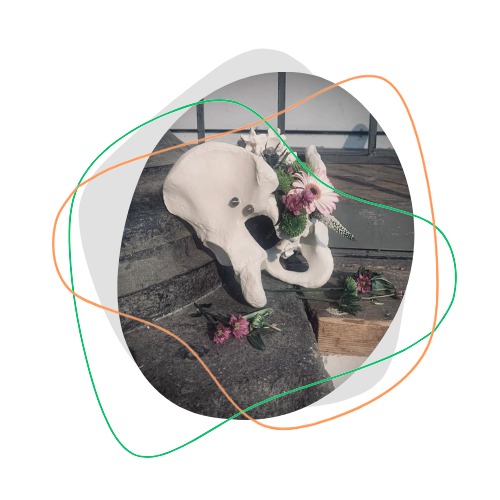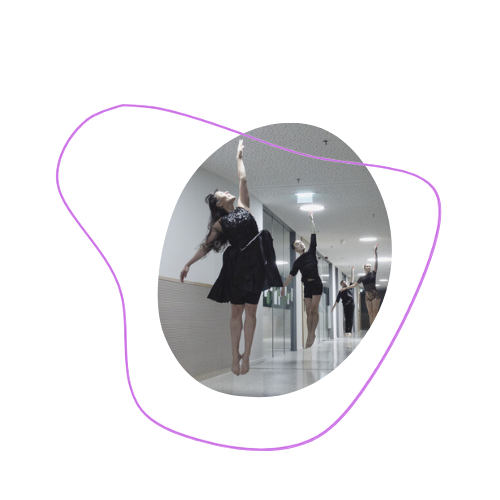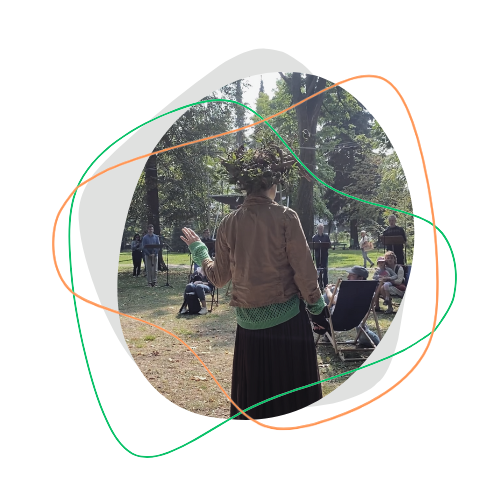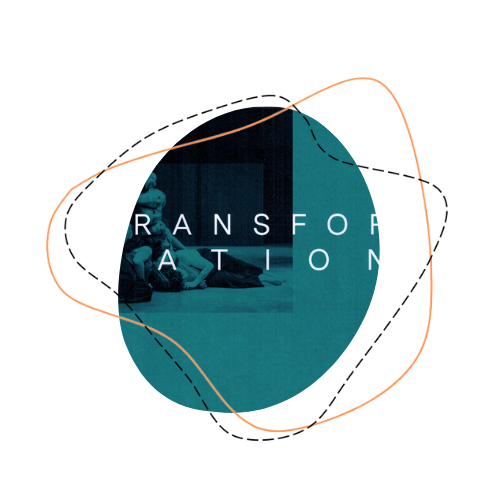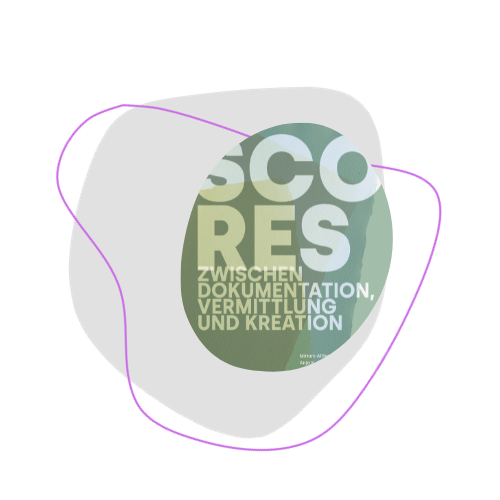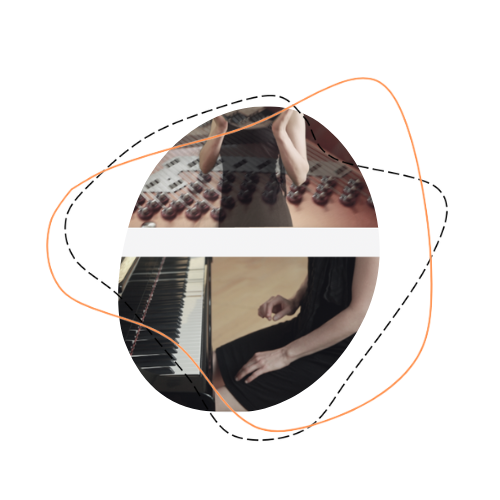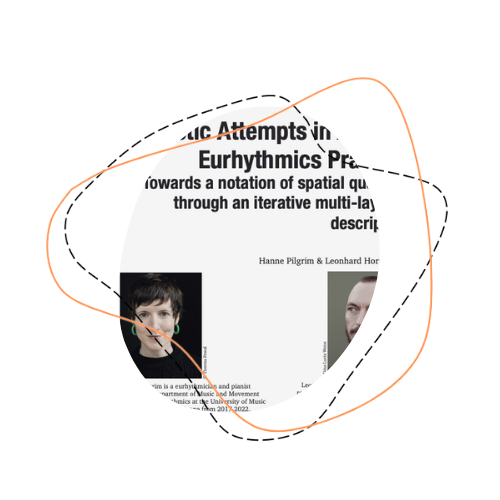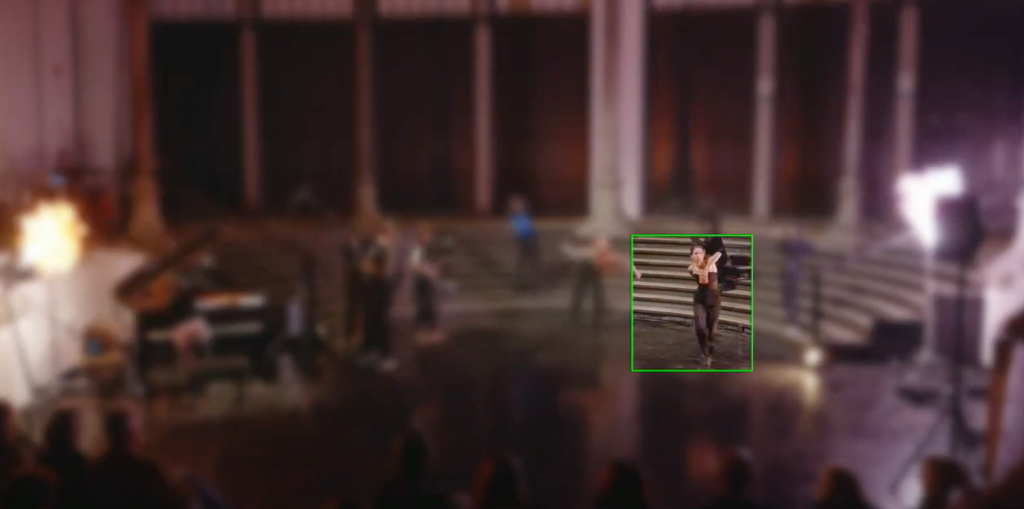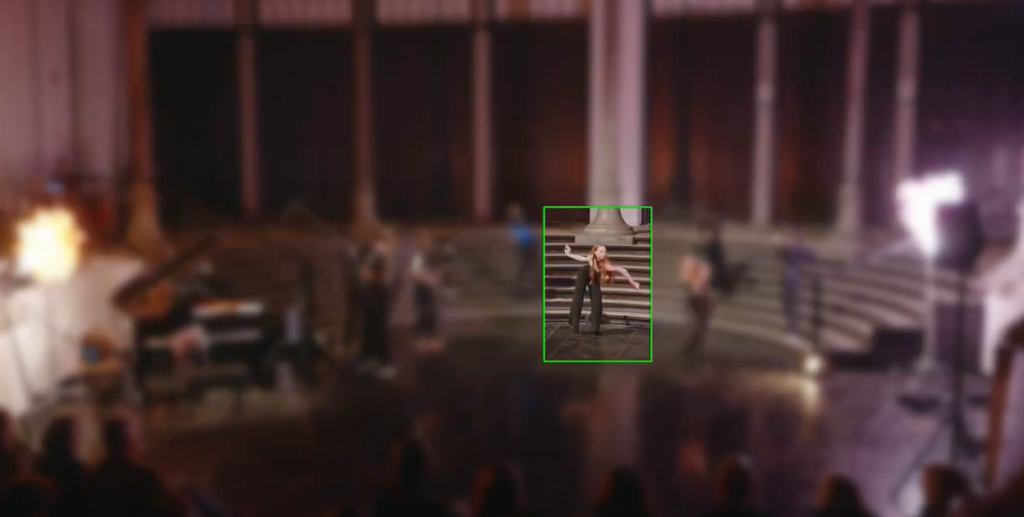The activity of the Atlas of Smooth spaces has included the assistance to a number oof conferences and public fori, listed here in reverse chronological order:
Performances
Below these lines are the public performances realised during the project, in reverse chronological order.
Nullspaces
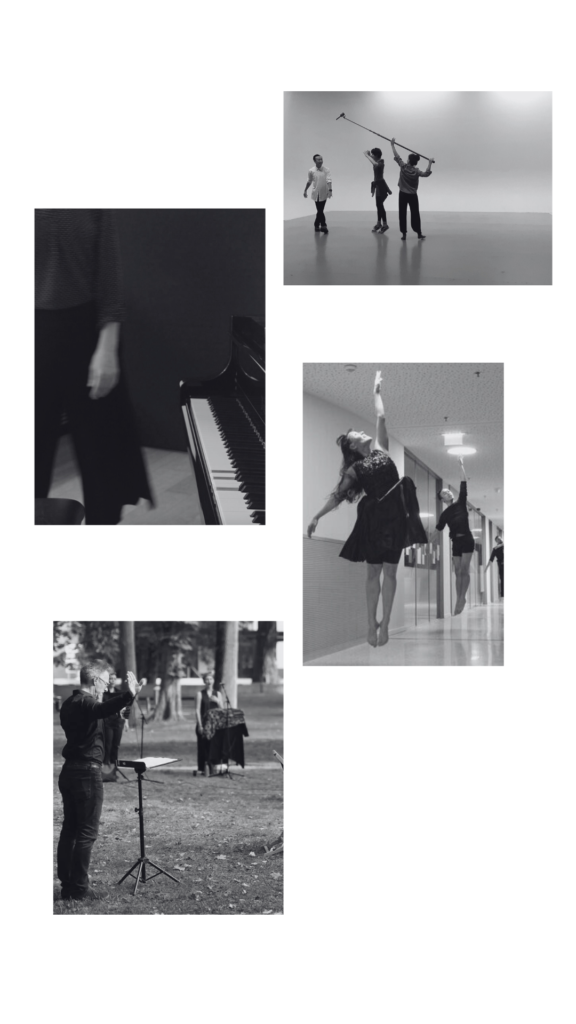
RESEARCH
What is a nullspace?
The null-space is our natural starting point for investigations of space-phenomena.
In mathematics one often finds an implicit consensus on the null-model with reference to some universal laws governing the uncertain. Eventually it is left to the individual to decide what is the expected and what the unexpected. The noise may become the signal and the signal the noise. What are the null-models of space-phenomena? These we call null-spaces. A null-space, just like a null-model, is therefore not unique and not objective, but intersubjective and consensual.
Reflecting on the particular null-spaces of the four chosen disciplines we acknowledge that they have a common ground: an awareness for space and a certain tacit knowledge about space. Each discipline deals with their own praxeological forms of knowledge
Publications
Here are some of the text published over the course of the artistic research project Atlas of Smooth Spaces, in reverse chronological order.
What is a collision?
In this modus, two or more disciplines collide. To illustrate the guiding attitude for this modus, we imagine two islands with different cultures, different habits and different languages (body, sign and spoken languages). They engage in mutual visits to each others islands and try to show them their spaces. How can one create a set-up that extracts the essence of a smooth space phenomenon? What is spatial configuration? An empty room, the open field? Which objects are there? Which instruments should be used to record sounds or track motions? Which performers?
Collisions
This is a playful and experimental mode, whose output is a kind of Rosetta Stone, on which one spatial phenomenon is distilled in collaboration between two or more disciplines.
Tallis in Wonderland (reference)
Space analysis (after Smalley)
Examples of zoned space (in these cases, the agential space around two different performers):
EPARM 2024 – Audiovisual material
Below these lines are the videos complementing our application for the AEC European Platform for Artistic Research in Music (EPARM) meting in 2024:
Tallis in Wonderland | MEDIA
Here are is the video material we got so far. You can browse it in:
[ Atlas DRIVE / 2023-10-08 Tallis in Wonderland / TiW | Media ]
Video 1: TRAILER.mov (“Shlomowitz Dances” in daylight)
Video 2: Performance_Documentation.mov (ca. 1 hour footage)
_Calling the Spirit @ Imago Dei
IMAGO DEI – Calling the Spirit – Skrjabin Mysterium
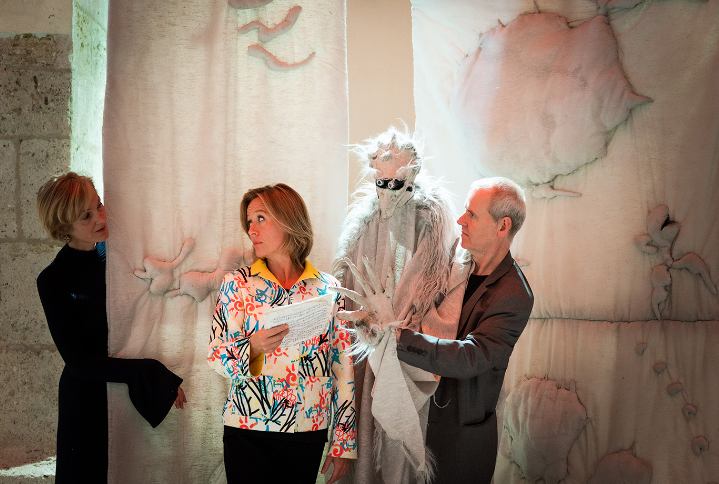
Image by: David Visnic
The mystery as an idea occupied a central position in Alexander Scriabin’s (1872-1915) work and permeated his entire artistic output. The mystery was not to be “theatre”, it was to become reality, real experience, a moment of the act of creation, consisting of the synthesis of three arts: Poetry, music and sculpture (as mime and dance). Therefore, the boundaries between performers and audience fall, all are “initiated”, all become participants in a great evocation.
“Scriabin – We conjure you! Come! Every word, every gesture, every sound is there to summon you, Alexander Nikolayevich Scriabin!”
This call happens with all the senses. The ritual arises in the moment. Where is the I? Where do we find the higher level of consciousness? The sensuality of music is physical. It is movement, touch, a physical aspect of experience. We adopt postures, we develop gestures, we expand space and stretch time.
Being together is in the foreground. Listening, thinking, contemplating makes us participants in the mystery. Through the change of perception we become part of infinity. Where are the abysses of feeling? How is consciousness awakened to higher things? Vers la flamme. Aren’t the puppets already looking at us from the other world?
Art is mystery. The mystery is all of us – in the moment.
Where: IMAGO DEI Festival,
When: 2022-03-19, 18:00h
Who: Rose Breuss, Kai Chun Chuang, Damian Córtes Alberti, Marcela López Morales, Mariia Shurkhal
_Syntax workshop
Workshop — A Syntax for Smooth Spaces

Photo by: Complexity Science Hub Vienna
How can we construct notational systems of spaces and what do we demand from them? In this workshop, we would like to pursue this question from a performance, as well as a complexity science perspective, and lay emphasis on the experiential dimension rather than the bare physical description. At the same time, we explore various synergies with the work of the CSH. How can we build virtual or artificial spaces? How can virtual spaces help to investigate space experiences? How can notational systems be developed, also beyond a written encoding? In the audio-corporeal arts, space is both shaped by performers as a medium, and shaping the performer as a condition. Despite its important role, notations and means of communicating spaces and their qualities are lacking. The 20th century has seen a range of notational systems for movement and dance, such as the Laban notation. The starting point of this workshop is a brief exposition of the notion of artistic research, followed by theoretical contributions and practical input from performers. The envisioned output is artistic research collaboration between the mdw (University for Music and Performative Art Vienna), the abpu (Anton Brucker Privatuniversität) and the Complexity Science Hub (CSH).
This workshop is in collaboration with the Complexity Science Hub Vienna
Where: Complexity Science Hub Vienna, Josefstaedter Strasse 39, 1080 Vienna.
When: 2021-06-17, 9h

